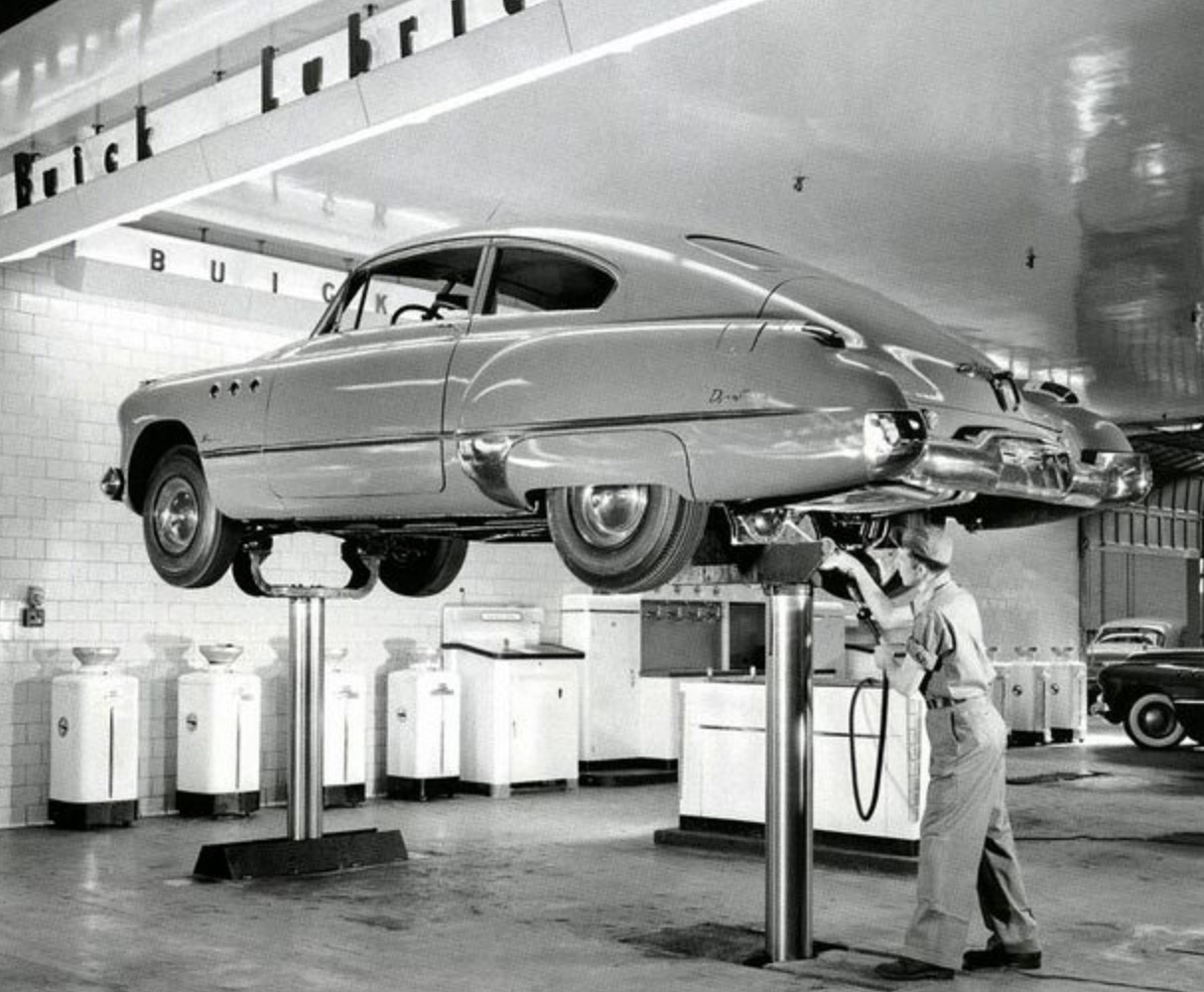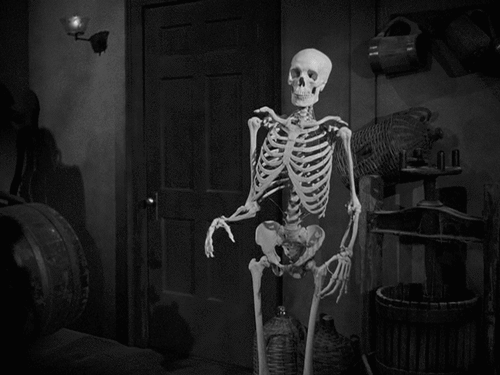When I come home for a visit, I take the opportunity to have what we in the UK call an 'M.O.T'. For my American friends, this stands for 'Ministry of Transport', but it's what we call our annual car check-up, which is usually around the same time we make sure the oil and washer fluid is properly topped up and our tyres are okay.
As of this week, I now have one more specialist to add to the mix... a physiotherapist. When I was diagnosed by Prof. Grahame he said I needed to be seeing a physio yesterday, the need was that great. I wondered if he was exaggerating... after all, in the grand scheme of things I think I do pretty well... I have chronic pain, yes, but it doesn't seem as life limiting as some others, and I'm certainly not in a wheelchair or bed-bound. To hear one of the world's leading authorities saying that I was in desperate need of seeing one of his specialist physios was surprising to me. Grahame was disappointed to hear I was returning to California four days after my consultation with him, and asked me to instead make an appointment for the earliest opportunity in June, when I returned.
That brings me to Thursday, when I finally had my initial consultation with my new physio, Kay Walls, when it became clear exactly why Prof. Grahame wanted me to seek help so urgently.
The appointment itself was at the St John St Elizabeth Hospital in St John's Wood, and I went privately in order to see one of the physios that Prof Grahame had specifically recommended. I've seen physios in the past who have been entirely useless, knowing slim to nothing about hypermobility, and therefore giving me totally inappropriate and unhelpful exercises. Their summation was that my pain and perceived weakness was due to lack of muscular strength, when actually I've always been physically strong, and it was actually the pain that was causing that perceived weakness, while my exceptionally hypermobile joints were preventing me from engaging the muscles I needed to.
In my appointment, Kay started by asking an extensive medical history, and for 90% of the time we talked only about joints and muscles. She did also ask about my POTS and bowel symptoms of EDS, probably just to round out her picture of my body. Despite the appointment being 90 minutes long, I still felt rushed and that I hadn't been able to include some important details, but when the picture is so big, it can be difficult to describe it all.
Next, a physical examination. She repeated much of what Prof Grahame had done when he diagnosed me, and she also watched me walking up and down the corridor. She pushed and pulled my shoulders around extensively, spending much more time here than anywhere else, concluding that my shoulders are insanely mobile and asymmetrical to boot. She remarked that there is actually no bio-mechanical anchor in my right shoulder at all, that it's only loosely tethered by soft tissue. When I showed her the way it spontaneously dislocates on demand, she was aghast, and rightly so... it's kind of gross. It's happened all my life, and doesn't cause me pain at all, so I'm still surprised when I see people grimacing.
The appointment concluded with her giving me some homework. For the next 2 weeks until I see her again, I'm to take mental note of whenever I'm sitting at the end of my range of motion, and seek to rectify that. Kay remarked that we bendies should definitely seek to maintain our flexibility, lest we stiffen up and cause ourselves more pain, but we should be looking to never 'hang' on our end of range... no standing with knees locked back, no weird sitting positions, etc.
I hope that gives you a good idea of what to expect at a physio session, as I didn't really know before Thursday! Important things to note are to wear whatever you might wear to yoga or pilates - something relatively close fitting but stretchy and comfortable. Take whatever you might have in terms of diagnosis... I took the letter detailing Prof Grahame's findings that he wrote to my GP. None of my paperwork had been transferred to the physio department in the hospital, so it was just as well I'd had the foresight to pick that letter up on my way out of the house that morning!!
If you have any questions, don't hesitate to get in touch.


